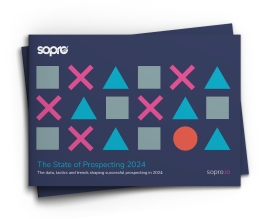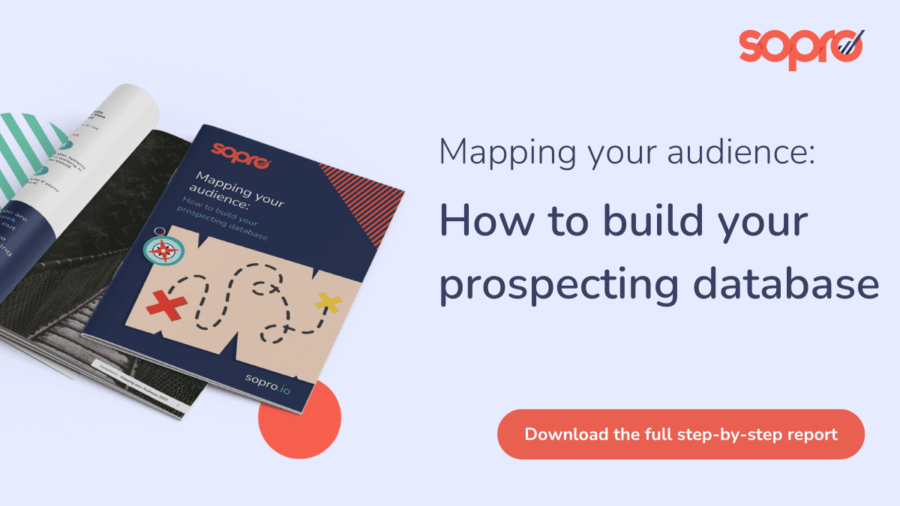Is your b2b data radioactive?
Is your B2B data radioactive?

In 1907 the prominent physicist Ernest Rutherford first expressed the principle of radioactive Half-Life.
Fast forward 111 years and we have a handy moniker for the time required for any given quantity to decay to half its initial value.
Things decay, and some decay faster than others…
Your B2B contact database has a Half-Life. And it is shorter than you think.

The statistics part:
There are two obvious-ish factors contributing to the incredible rate of B2B database decay.
- Prospects become uncontactable (i.e. when changing employer).
- Prospects become irrelevant (i.e. same company new role).
It turns out the average metropolitan worker bee is fast and loose when it comes to job-hopping and both of the above are increasingly common events. We switch employers an impressive 12 times during the average lifetime. Throw in a handful of same company new role scenarios and we’re easily topping 15. Usually over a 40-50 year career. About once every 3 years is a fair rule of thumb.
(A quick jaunt down memory lane puts me on 7 employers / 12 roles to date… so there’s life in the old dog yet!)
Whatever the weather, employment churn is increasing at pace. The USA’s Bureau of Labor Statistics recently reported a massive nationwide drop in average tenure, reducing 10% in two years.
All of this drastically reduces the viable lifespan of your B2B data.
Location also plays a big part in the demographic tenure rates, as does age, gender, profession and ethnicity… which I’ll be steering well clear of in this post.
Long story short – the pace of modern job switchery means your B2B data has a Half-Life of about 18 months.
In fact, after two years, only about 45% of your B2B database is still valid.
In chemical terms, your B2B data is more of a francium-223 (with a Half-Life of 20 minutes) while your B2C data is more of a carbon-14 (half-life of 5,715 years).
Working to the assumption people change roles once every three years on average, here’s what database Half-Life means for any given B2B prospect list.

Carbon data-dating
This is reliable science and we are able to relatively accurately determine the age of a purchased database by measuring the percentage of valid data in any given sample.
Challenge us, Sopro will carbon date a sample of your database within 24 hours.
The takeaway part: Sopro’s advice on sourcing prospect data
At its simplest, Database Half-Life can be labelled as one of, if not the single biggest contributor(s) to global B2B budget wastage. But its an easy one to solve.
My advice as follows:
(a) If you can stop buying data then do it immediately. Never buy prospect data again if you can help it. Effective prospecting relies on sourcing fresh “accurate today” prospects for every campaign. Embrace this model as it is 10x more productive than hammering the database, your pipeline will thank you and sales will pick up.
(b) Never prospect internal databases again. Just don’t do it. Savings are minor but missed opportunities are huge, re-contacting internal lists is such a restrictive approach. Sourcing fresh prospect data is a must for every campaign. Totally non-negotiable.
(c) Let the experts handle it if you can. Running prospecting activity internally is a bit like building a CRM system to support your sales admin or building your office furniture in-house to save money. It just doesn’t make any sense.
Sure – it’s kind of possible but it will cost you 10 times as much and deliver 20% of the results.
As usual, we thoroughly recommend you hand over the prospecting brief and focus on closing. We believe we have the world’s best B2B prospecting data.
Read more about our data here.






